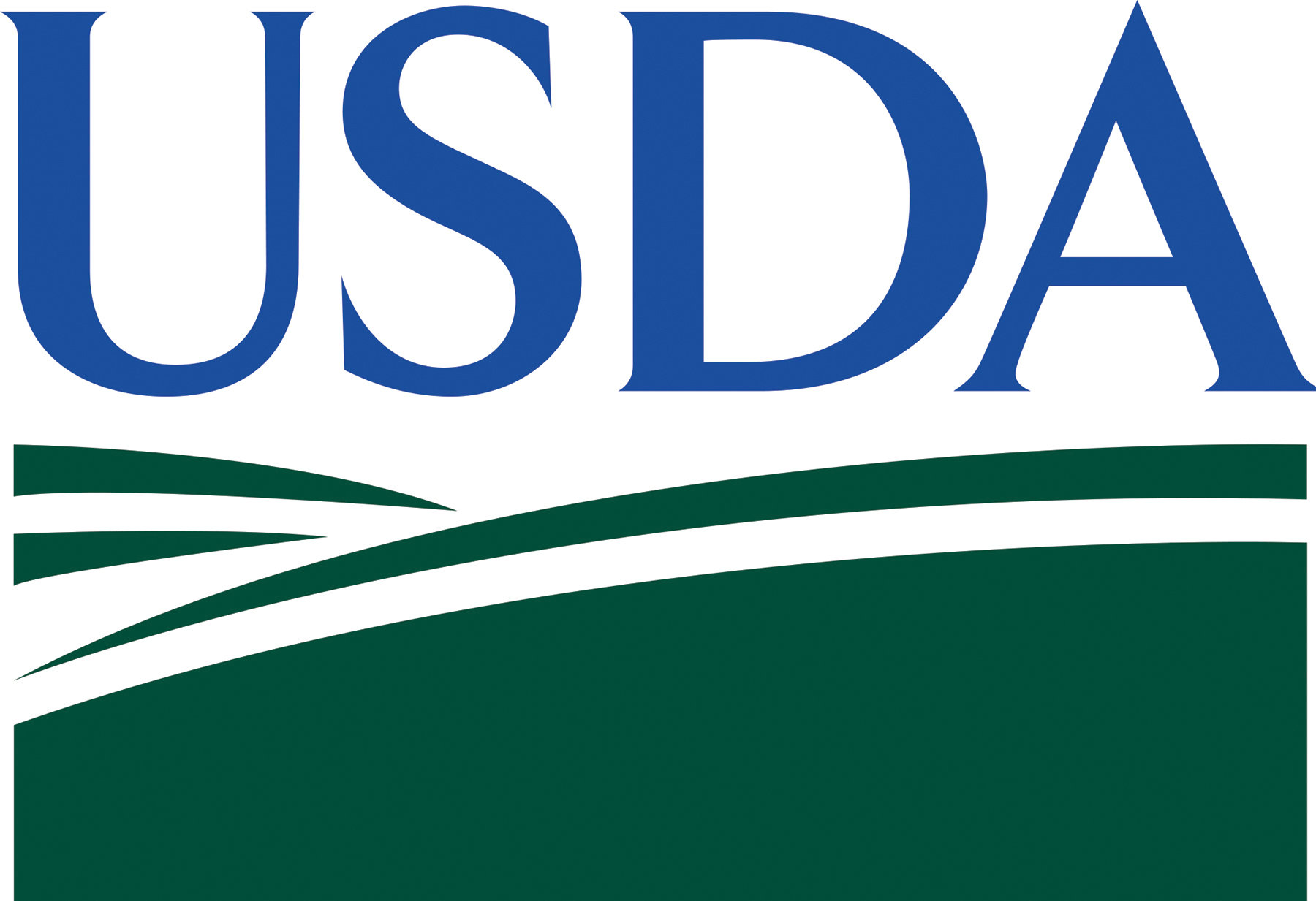USDA offers disaster assistance for Hurricane Helene recovery
After Hurricane Helene, USDA staff is available to assist. USDA is working diligently to implement program flexibilities and waivers, to help streamline your recovery process. We are regularly reviewing our programs so please check in periodically with your local USDA office for updates.
Documenting loss
We encourage you to document damages and losses your operation has sustained as best you can, including gathering farm records, herd inventory, receipts and pictures of damage or losses. Livestock producers are advised to document livestock numbers by taking time and date-stamped video or pictures of injury or loss, to the extent possible. Please know that we recognize these are extremely extenuating and stressful circumstances and there may be instances where documentation is lost, destroyed or unattainable. Regardless, please contact us and we will do whatever we can to help you access the assistance you need.
Reporting loss
Once you are able to safely evaluate the impact on your operation, be sure to contact your local USDA Farm Service Agency (FSA) county office or your crop insurance agent to report all crop, livestock and farm infrastructure damage and losses. For producers who have risk protection through Federal Crop Insurance, the USDA Risk Management Agency has authorized Approved Insurance Providers to provide flexibility on reporting requirements for those who are unable to report losses due to disaster.
Available assistance
Producers in counties with a primary or contiguous disaster designation may be eligible for low-interest emergency loans to help them recover from production and physical losses.
Additionally, FSA offers several loan servicing options available for borrowers who are unable to make scheduled payments on their farm loan programs debt to the agency because of reasons beyond their control.
Meanwhile, the USDA Natural Resources Conservation Service provides financial resources through its Environmental Quality Incentives Program to help with immediate needs and long-term support to help recover from natural disasters and conserve water resources. Assistance may also be available for emergency animal mortality disposal from natural disasters and other causes.
Online resources and tools
To learn more about programs available to producer,s here are some resources on farmers.gov, the Disaster Assistance Discovery Tool, Disaster-at-a-Glance fact sheet, and Farm Loan Assistance Tool can help you determine program or loan options. Additionally, FarmRaise offers an FSA educational hub with livestock disaster assistance decision tools as well as farm loan resource videos.
Disaster recovery programs: Flexibilities and waivers
USDA has issued program delivery flexibilities and waivers. We know this is a lot of information, but we want you to know what’s available as quickly as possible. As the recovery process progresses, there may be more flexibilities and waivers needed. Updated information will be timely shared as details unfold.
The information below describes some of the current program flexibilities and waivers, as of Oct. 3, 2024, available for producers impacted by Hurricane Helene. To learn about benefits available through our recovery programs including those listed below, please view the Disaster-at-a-Glance fact sheet.
Emergency Conservation Program and Emergency Forest Restoration Program:
- Extended ECP and EFRP signup that begins Oct. 15, 2024, and runs through June 1, 2025, in states affected by Hurricane Helene.
- Waiver of onsite inspection requirement for non-engineering practices for ECP and EFRP.
- Executed Emergency Response (ER-850) authorization of emergency National Environmental Policy Act (NEPA) circumstances to expedite FSA approval of practices involving surface debris removal, fence restoration, and non-ground disturbing activities.
Livestock Indemnity Program:
- Guidance to FSA County Committees and local staff to exercise maximum flexibility in determining acceptable loss documentation and to ensure LIP applications are acted on timely.
Emergency Assistance for Livestock, Honeybees, and Farm-Raised Fish:
- Assistance to help cover above normal costs to transport livestock to feed and/or transport feed/forage to livestock in hurricane-impacted states.
- Assistance to help cover above normal costs to haul water to livestock in hurricane-impacted states.
Tree Assistance Program:
- Extension of TAP assistance to trees/bushes/vines that have not died but are no longer capable of production (not economically viable).
Non-Insured Crop Disaster Assistance Program:
- Waiver of 72-hour notification requirement on hand harvested crops.
- Extended deadline to file a Notice of Loss with FSA.
- Flexibility for FSA staff to perform loss adjustment activities and/or waive field inspections in cases where the cause of loss can be verified through other means.
Marketing Assistance Loans:
- Additional time for producers to deliver commodities to a buyer to repay MALs with sale proceeds.
- Postponement of MAL foreclosure letters applicable to losses or damages due to hurricanes for up to 90 calendar days.
Contact USDA
When you’re ready, we’re ready. To file a Notice of Loss or to ask questions about available programs, contact your local USDA Service Center.
USDA has resources available through the FSA call center at 877-508-8364, the USDA hotline at 833-ONE-USDA (663-8732), or producers can access program information online at farmers.gov.
More Articles to Read

